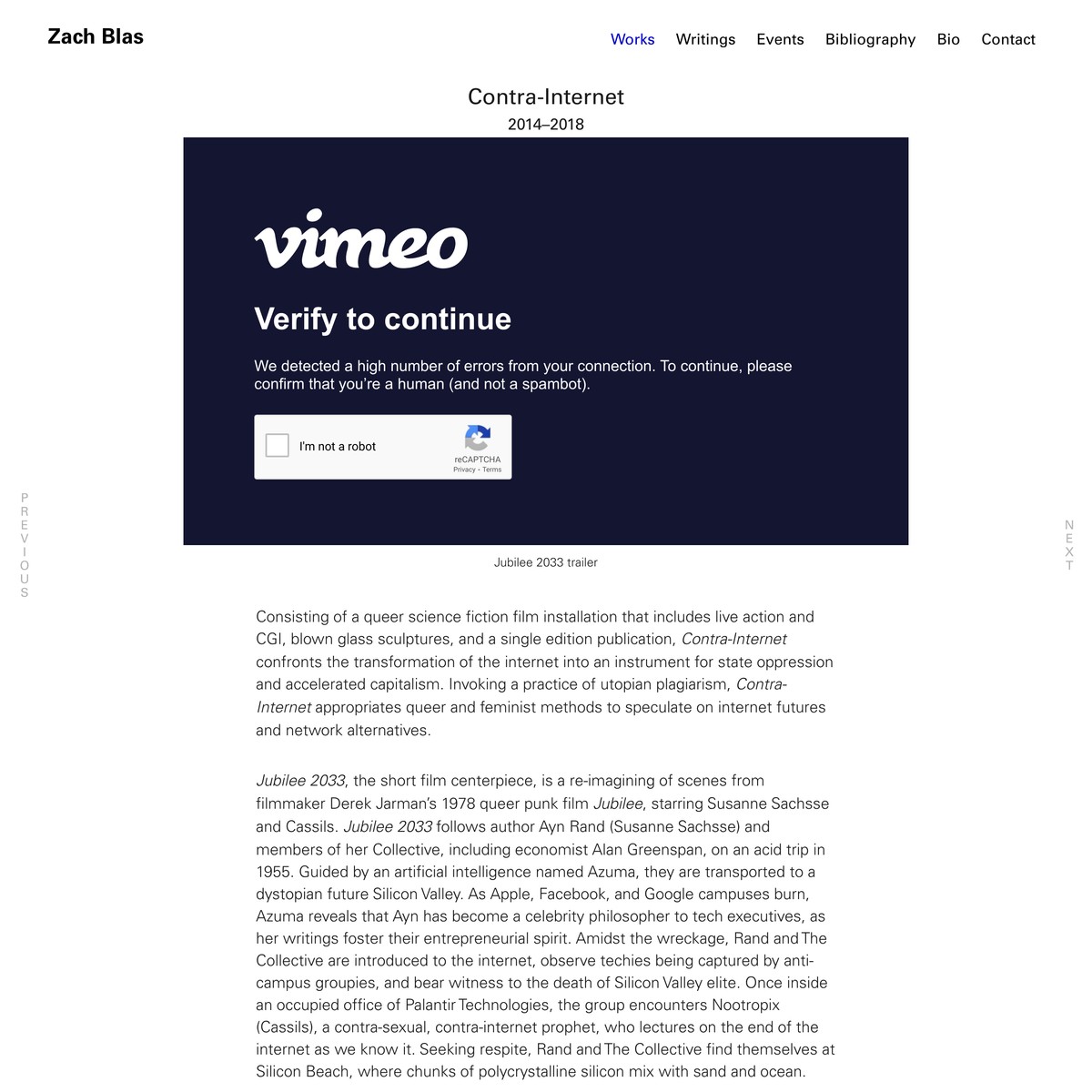syn·site
in Robert Smithson's terms*: (a partially generated and generative theory) The Synsite (an entangled situating) is an inter-dimensional picture that is amorphous, and yet it represents an interweaving of actual and virtual sites (an amalgamation of the Pine Barrens Plains, ML-scene processing, and the hyper-saturated yellow-green of a pool of disintegrated oak pollen, for instance). It is by this inter-dimensional metaphor that one entangled situating can represent another entangled situating, which does not resemble it—thus The Synsite. To comprehend this language of situating is to appreciate the metaphor between the syntactical construct and the complex of ideas, permitting the former to operate as a inter-dimensional picture that doesn't look like a picture. ... Between the actual-virtual sites in their respective planes and The Synsite itself exists a metaphoric space of collapsible significance. Perhaps "travel" through this space is a boundless metaphor. Everything in and between the entangled situatings could transform into physical metaphorical material devoid of natural meanings or realistic assumptions. Let us say that one embarks on many fictitious journeys at once if one decides to seek the site of the Synsite. Each “journey” is invented, devised, artificial; one might call it a syn-trip to a site from a Synsite. Once one arrives at the “assembly,” one discovers that it is man-made in the form of a network, and that she mapped this network in an aesthetic and temporal entanglement rather than specific political or economic boundaries.
This revisited theory is currently collaborative but could be surrendered to the faceless corpus of AGI at any time. Like the sources they scrape, theories are also both used and abandoned. That theories are constant is dubious; that sources are singularly credited is increasingly doubtful. Vanished theories compose the dense data layers of countless LLMs.
in Robert Smithson's terms*: (a partially generated and generative theory) The Synsite (an entangled situating) is an inter-dimensional picture that is amorphous, and yet it represents an interweaving of actual and virtual sites (an amalgamation of the Pine Barrens Plains, ML-scene processing, and the hyper-saturated yellow-green of a pool of disintegrated oak pollen, for instance). It is by this inter-dimensional metaphor that one entangled situating can represent another entangled situating, which does not resemble it—thus The Synsite. To comprehend this language of situating is to appreciate the metaphor between the syntactical construct and the complex of ideas, permitting the former to operate as a inter-dimensional picture that doesn't look like a picture. ... Between the actual-virtual sites in their respective planes and The Synsite itself exists a metaphoric space of collapsible significance. Perhaps "travel" through this space is a boundless metaphor. Everything in and between the entangled situatings could transform into physical metaphorical material devoid of natural meanings or realistic assumptions. Let us say that one embarks on many fictitious journeys at once if one decides to seek the site of the Synsite. Each “journey” is invented, devised, artificial; one might call it a syn-trip to a site from a Synsite. Once one arrives at the “assembly,” one discovers that it is man-made in the form of a network, and that she mapped this network in an aesthetic and temporal entanglement rather than specific political or economic boundaries.
This revisited theory is currently collaborative but could be surrendered to the faceless corpus of AGI at any time. Like the sources they scrape, theories are also both used and abandoned. That theories are constant is dubious; that sources are singularly credited is increasingly doubtful. Vanished theories compose the dense data layers of countless LLMs.
SYN (along with, at the same time | from Greek SYN, with | ~SYNTHETIC) + SITE (N: point of event, occupied space, internet address; V: to place in position | from Latin SITUS, location, idleness, forgetfulness | ~WEBSITE ¬cite ¬sight), cf. SITE/NON-SITE (from Robert Smithson, A PROVISIONAL THEORY OF NONSITES, 1968)






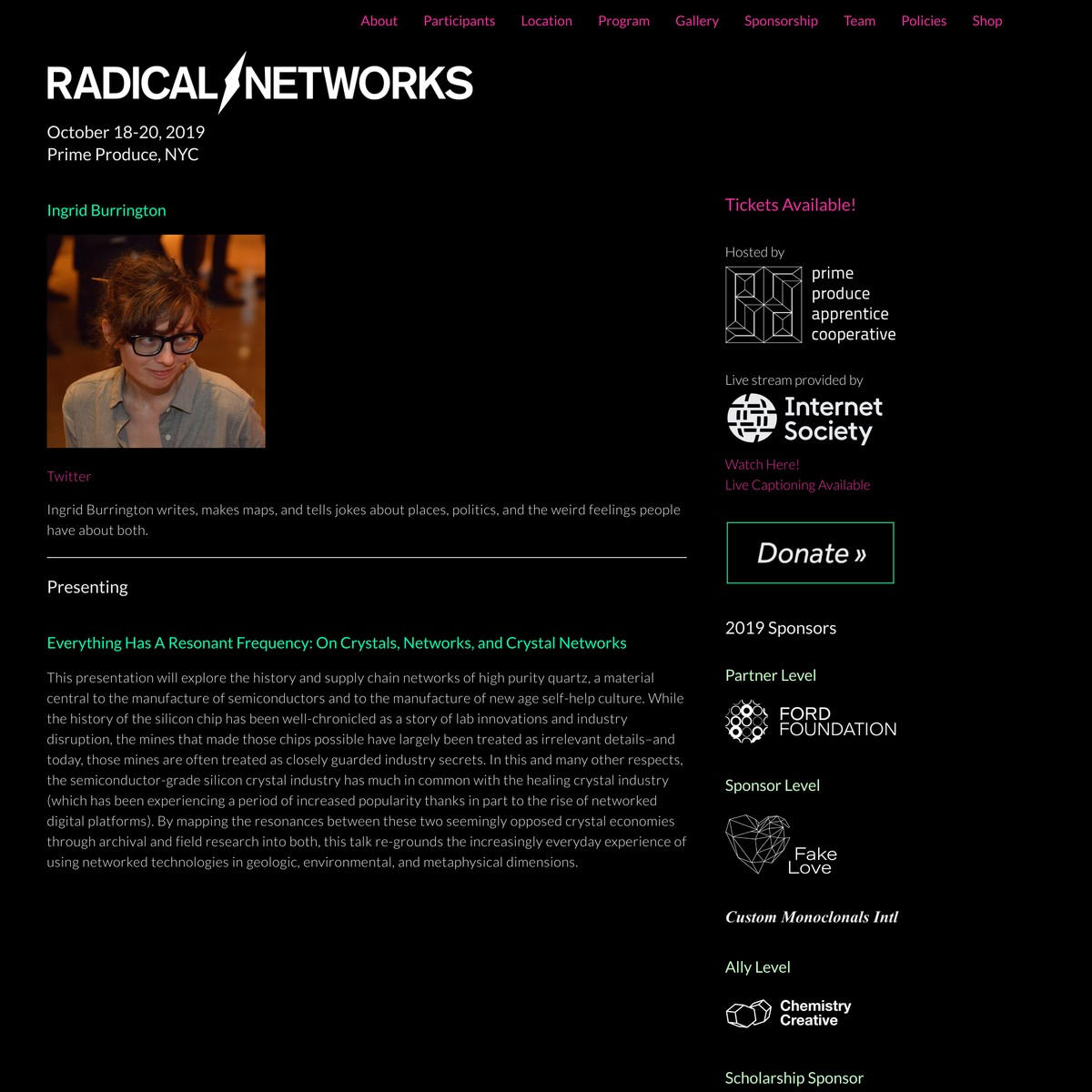


verdigris is not opaque. It is “crystalline … you’re looking into it.”
verdigris is not opaque. It is “crystalline … you’re looking into it.”
verdigris is not opaque. It is “crystalline … you’re looking into it.”
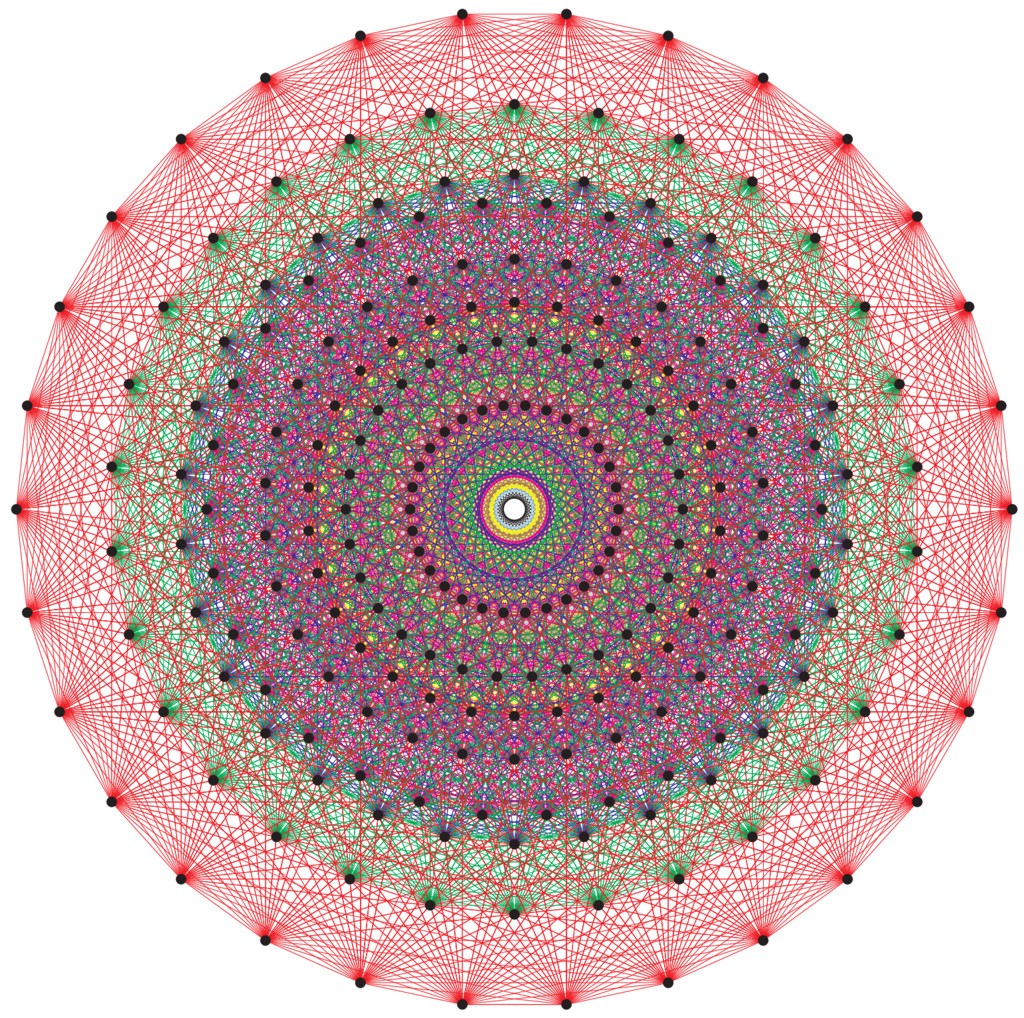





This connection is a transclusion that is the same content in two places. It is not a link. It is not represented by link structures. It is differently found. [...]
We see as we step through the connections on this page that the other documents swarf into position — it's swoop plus morph — and the connections become exactly readable. So one connection at a time we can follow what the connections actually mean, even though we are in a huge conglomerate of many different connections. [...]
This same structure can be used to represent any mix of audio, video, and text so that you can use this type of link — or flink as we call it, floating link — for in and out points on audio and video. You can edit in-place and create arbitrarily rich, transclusive structures [...] See, this to me is a real representation in depth of literature as it should always have been and anything less is a compromise with tradition and shallowness.
This connection is a transclusion that is the same content in two places. It is not a link. It is not represented by link structures. It is differently found. [...]
We see as we step through the connections on this page that the other documents swarf into position — it's swoop plus morph — and the connections become exactly readable. So one connection at a time we can follow what the connections actually mean, even though we are in a huge conglomerate of many different connections. [...]
This same structure can be used to represent any mix of audio, video, and text so that you can use this type of link — or flink as we call it, floating link — for in and out points on audio and video. You can edit in-place and create arbitrarily rich, transclusive structures [...] See, this to me is a real representation in depth of literature as it should always have been and anything less is a compromise with tradition and shallowness.
This connection is a transclusion that is the same content in two places. It is not a link. It is not represented by link structures. It is differently found. [...]
We see as we step through the connections on this page that the other documents swarf into position — it's swoop plus morph — and the connections become exactly readable. So one connection at a time we can follow what the connections actually mean, even though we are in a huge conglomerate of many different connections. [...]
This same structure can be used to represent any mix of audio, video, and text so that you can use this type of link — or flink as we call it, floating link — for in and out points on audio and video. You can edit in-place and create arbitrarily rich, transclusive structures [...] See, this to me is a real representation in depth of literature as it should always have been and anything less is a compromise with tradition and shallowness.
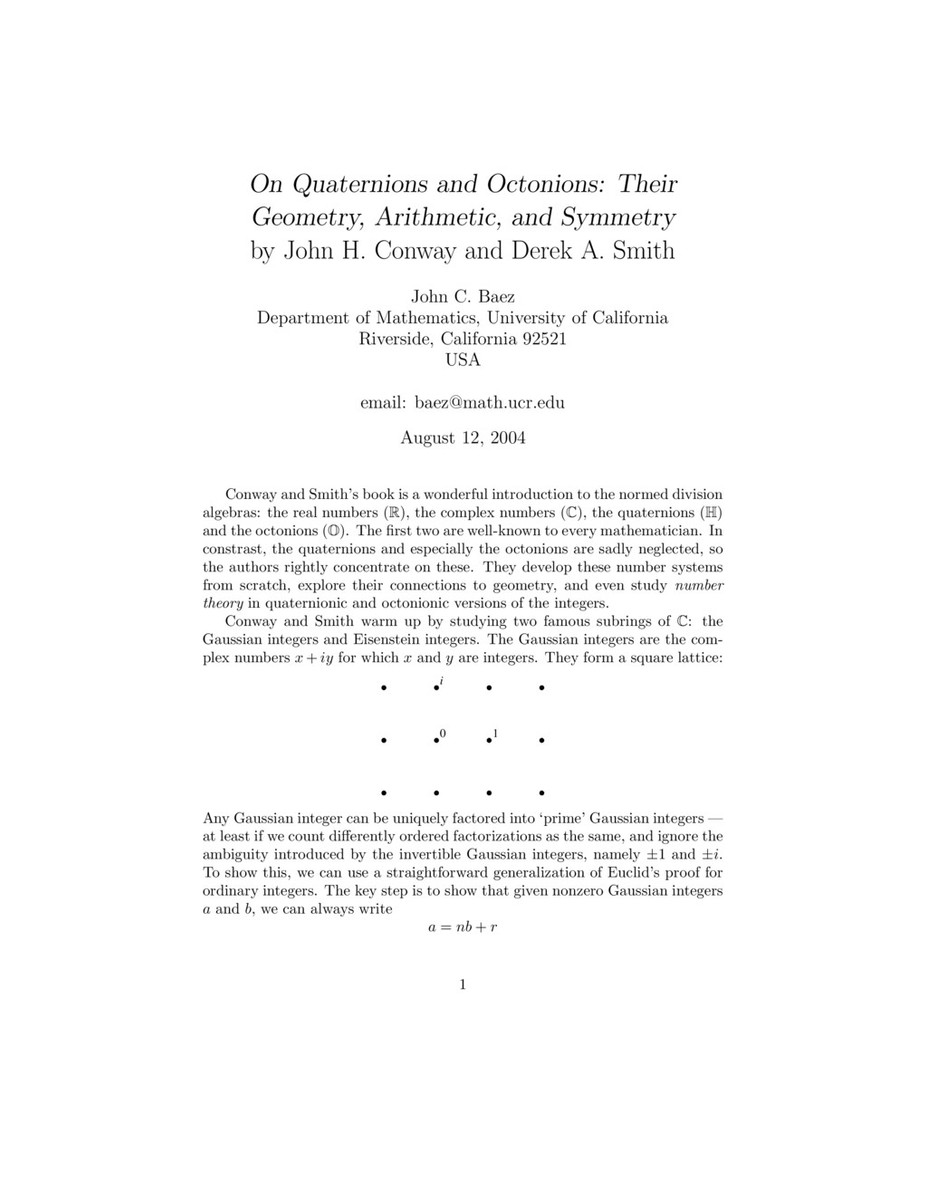





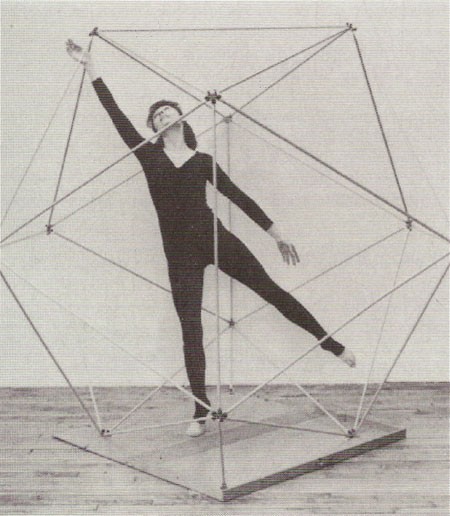


the semiconductor-grade silicon crystal industry has much in common with the healing crystal industry (which has been experiencing a period of increased popularity thanks in part to the rise of networked digital platforms). By mapping the resonances between these two seemingly opposed crystal economies through archival and field research into both, this talk re-grounds the increasingly everyday experience of using networked technologies in geologic, environmental, and metaphysical dimensions.
the semiconductor-grade silicon crystal industry has much in common with the healing crystal industry (which has been experiencing a period of increased popularity thanks in part to the rise of networked digital platforms). By mapping the resonances between these two seemingly opposed crystal economies through archival and field research into both, this talk re-grounds the increasingly everyday experience of using networked technologies in geologic, environmental, and metaphysical dimensions.
the semiconductor-grade silicon crystal industry has much in common with the healing crystal industry (which has been experiencing a period of increased popularity thanks in part to the rise of networked digital platforms). By mapping the resonances between these two seemingly opposed crystal economies through archival and field research into both, this talk re-grounds the increasingly everyday experience of using networked technologies in geologic, environmental, and metaphysical dimensions.



